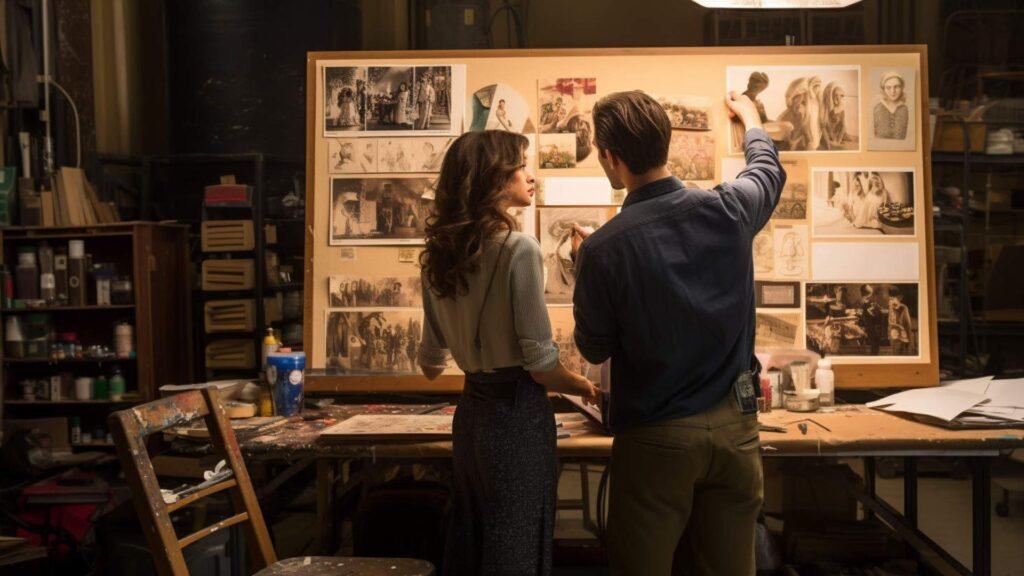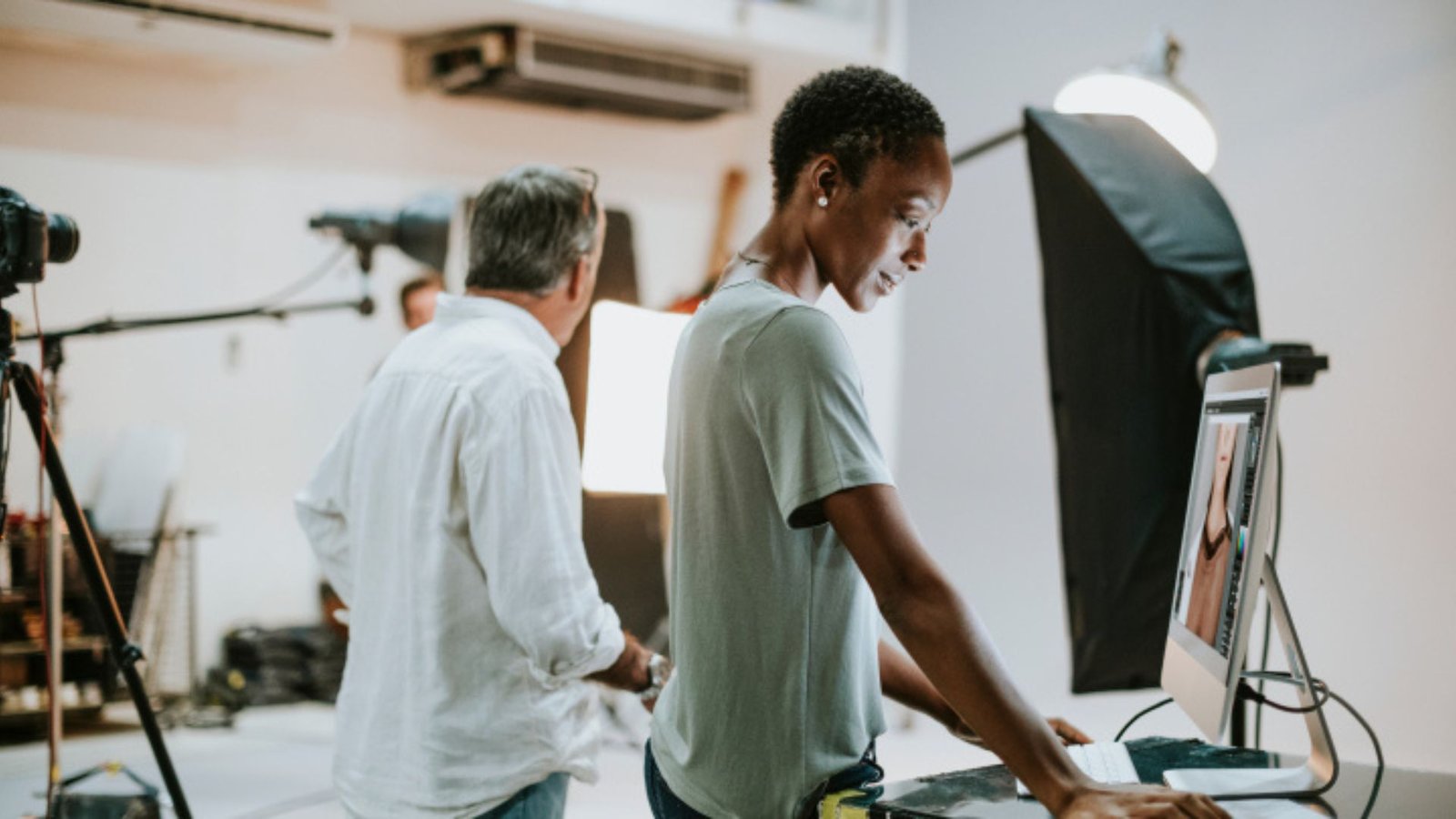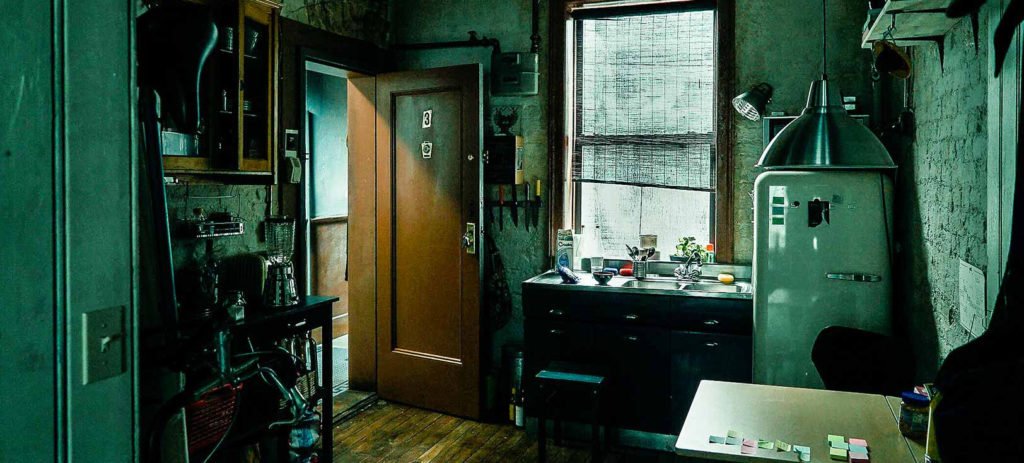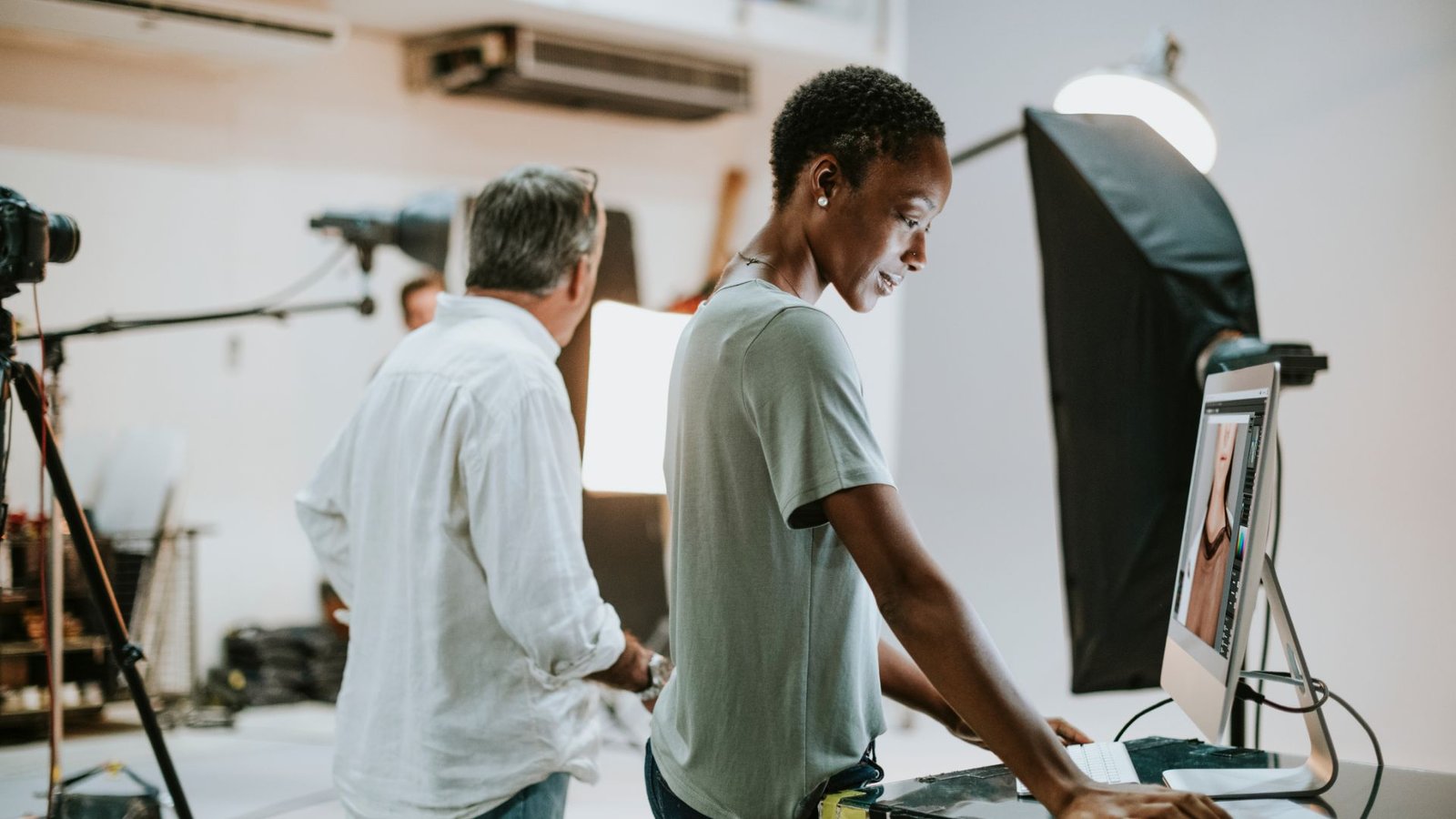Creating a cohesive production design concept is essential for ensuring that the visual elements of a film or television project work harmoniously to support the story. A well-developed concept enhances the audience’s experience and reinforces the narrative. Here’s a step-by-step guide to creating a cohesive production design concept:

Analyze the Script and Story
Start by thoroughly analyzing the script to understand the setting, characters, and mood of the story. Pay attention to key locations, time periods, and any specific details that need to be reflected in the design. Understanding the narrative and thematic elements will guide your design choices.
Collaborate with the Creative Team
Engage with the director, cinematographer, and other key members of the creative team. Discuss the overall vision for the project, including tone, style, and specific design requirements. Collaboration ensures that your design concept aligns with the director’s vision and complements other visual elements.
Develop a Visual Style
Create a visual style that reflects the tone and period of the story. Decide on color schemes, textures, and architectural styles that support the narrative. Develop mood boards and reference images to visually represent your ideas and ensure consistency across all design elements.
Design Functional and Practical Spaces
Design spaces that are not only visually appealing but also practical for filming. Consider how actors will move within the space, how lighting will affect the design, and how the set will accommodate camera angles. Practicality ensures that your design supports the production process and enhances storytelling.
Create Detailed Set and Prop Designs
Develop detailed designs for sets and props that align with your visual style and narrative needs. Ensure that all elements, from furniture to decorative items, contribute to the overall aesthetic and authenticity of the environment. Pay attention to historical accuracy or thematic relevance where necessary.
Integrate Color and Lighting
Use color and lighting to enhance the mood and atmosphere of the scenes. Coordinate your color palette with the lighting design to create a cohesive look that supports the story’s tone. Consider how different lighting setups will interact with your design elements.
Ensure Consistent Branding and Themes
Maintain consistency in design elements such as signage, graphics, and branding throughout the production. Ensure that thematic elements are consistently applied across different locations and scenes. Consistency helps reinforce the story and creates a unified visual experience.
Plan for Flexibility and Adaptation
Be prepared to adapt your design concept as needed during production. Changes in the script, budget constraints, or practical considerations may require adjustments. Flexibility and problem-solving skills are crucial for maintaining coherence while accommodating changes.
Gather Feedback and Refine
Solicit feedback from the director, cast, and crew to gauge the effectiveness of your design concept. Use this feedback to make necessary refinements and improvements. Regular reviews and adjustments ensure that the design remains aligned with the creative vision.
Document Your Design Process
Keep thorough documentation of your design process, including sketches, mood boards, and design notes. This documentation serves as a reference for the production team and can be useful for future projects. It also helps ensure that your design concept is clearly communicated and implemented.
Conclusion
Creating a cohesive production design concept involves a deep understanding of the script, collaboration with the creative team, and attention to visual style and practicality. By developing a detailed design, integrating color and lighting effectively, and remaining flexible, you can create a unified and compelling visual experience that enhances the storytelling and engages the audience.




